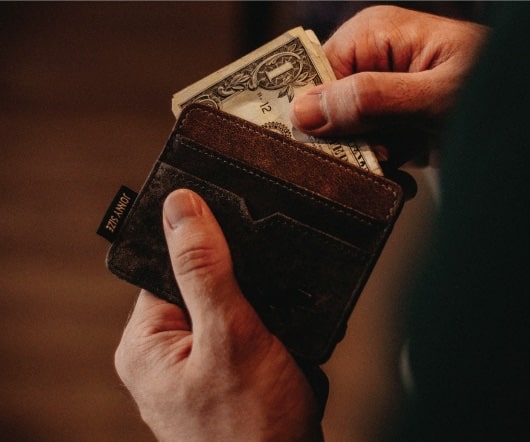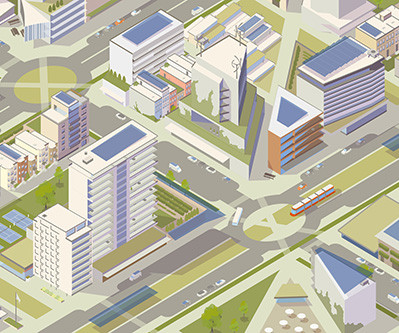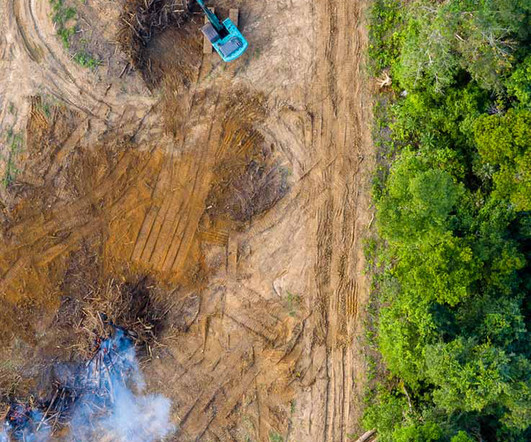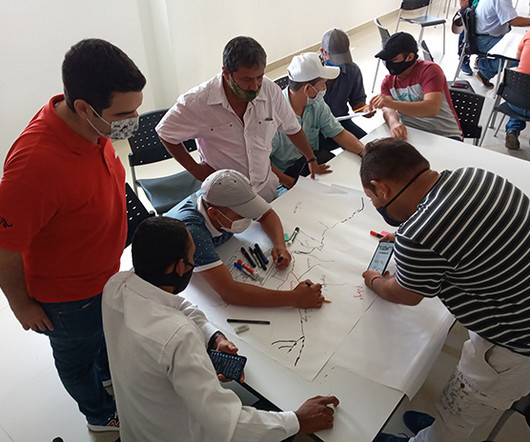Gumbo for the Struggle: Recipes of Liberation from the Cultural Kitchen
NonProfit Quarterly
MARCH 1, 2023
So too is collaboration. BlacSpace is a cooperative that brings together expertise in real-estate ownership and development, cooperative structures, business systems, art making, activism, and cultural anchoring, stimulating conversations about cultural kitchens and a unique collaboration to cultivate them.













Let's personalize your content